monk v. step-mom
"The future is always all around us, waiting, in moments of transitions, to be born in moments of revelation. No one knows the shape of that future or where it will take us. We know only that it is always born in pain."
– J. Michael Strazynski
Hellllloooooo Practitioners,
Confession: I’ve lived like a monk for most of my adult life. Which means I’ve had an abundance of control and a surplus of time. Luxuries I did not fully appreciate until recently. I filled most of that time and used much of that control for spiritual pursuits and health + wellness practices.
Then… I met someone. With 2 kids. And life began to change. Slowly at first, but more and more completely. I will not hide that there are times when I struggle. But I’m learning to lean in… and this means practicing differently.
Before we get to that, let’s back up a bit…
In the yoga tradition, there is a clear distinction between “renunciates” those who have renounced the world (including career, relationships, family). And “householders” those who endeavor to be “in the world but not of the world”. Pursuing a relationship with God and Spirit while wrestling with work, relationships and family.
Sadhikas (seekers) were encouraged to study with teachers aligned with their life’s aim because if you want to be a renunciate, it’s ideal to learn from someone who has traveled that wild terrain. If you’re going to do the householder hustle, learn from a master juggler.
I’ve often dreamed of being a renunciate. Even ran away to ashrams a few times. But Spirit always whispered that my work was in the world… so back to the world I went…. but with one foot in and one foot out. Until I said yes to a marriage that would mean being more in the world than I ever imagined.
But before we get to that…
When I was in my early 20s, I sat with a long time renunciate. He told me, “I get the easy job. They…” he gestured to my friends who were hosting him, a couple with a blended family of 7(!!!) kids, “…are very advanced.” He chuckled. I thought he was being funny. Now, freshly married and timidly step-parenting, I agree whole-heartedly.
Then, in my early 30s, Darren Rhodes was sharing about becoming a parent and said, “I practice less but it means more…” At the time, I understood intellectually. Now, I get it experientially. But I would say it this way… I feel that I practice more and practice differently.
Here are a few examples of how my rhythms have shifted with this life transition:
In single life, I listened to podcasts on walks, in the car, at the gym, sometimes during asana. Inspiration was pouring in.
With family life, I savor silence because there is so. much. more. stimulation.
In single life, I had a reliable rhythm. Gym on Tuesday/Wednesday/Friday. Asana on Monday/Thursday/Saturday. I would meditate every morning and often at night too.
With family life, I dance. Vigorously. I go to the gym on days we don’t have kids. Asana in moments where I can squeeze it in. Sometimes the rest of the crew is watching a movie. Sometimes they are with me which means I’m doing more teaching and adjusting than practicing. I meditate most mornings, some evenings. But I pray earnestly. Practice presence and patience persistently.
In single life, discipline looked rigorous but the rhythm, abundance of time, and control made it (relatively) easy.
With family life, discipline looks looser but maintenance requires way more willpower.
In single life, I went to cold plunge events that lasted half a day.
With family life, a cold finish feels Herculean.
In single life, I looked for profound truths in sacred texts and luminous teachers.
With family life, I see profound truths in mundane tasks and simple moments of human connection.
I wanted to share details and discoveries because I notice students lose their practice during life transitions. Like marriage, career change, relocation, welcoming a baby, shift in status (retirement, empty nest, divorce, etc).
There are many reasons for this but a big one is trying to ADD when you need to SUBTRACT. Instead of piling on more stuff… make space. Ruthlessly cut away what is not rich and rewarding, so you have bandwidth for what is truly nourishing and vitalizing.
Sometimes this is hard to see, which is why I do audits and inventories. You can download one at the bottom of the Inner Sanctuary page.
If the conversation about rhythms and transitions plucks at your heart strings, stirs your passion for practice, makes you long for deeper connection and commitment, I encourage you to submit an application for Inner Sanctuary. In this Immersion Program, you learn to be a teacher for yourself. You'll study anatomy, alignment, and philosophy while developing rituals and routines for multi-dimensional practice.
When you submit an application, we have a zero-pressure call to discuss your practice. I'll provide insight, recommendations, and resources. (Basically you get to pick my brain for an hour). If we both feel Inner Sanctuary is a perfect fit, we discuss details at the end.
May your practice be a daily luxury,
Alison

